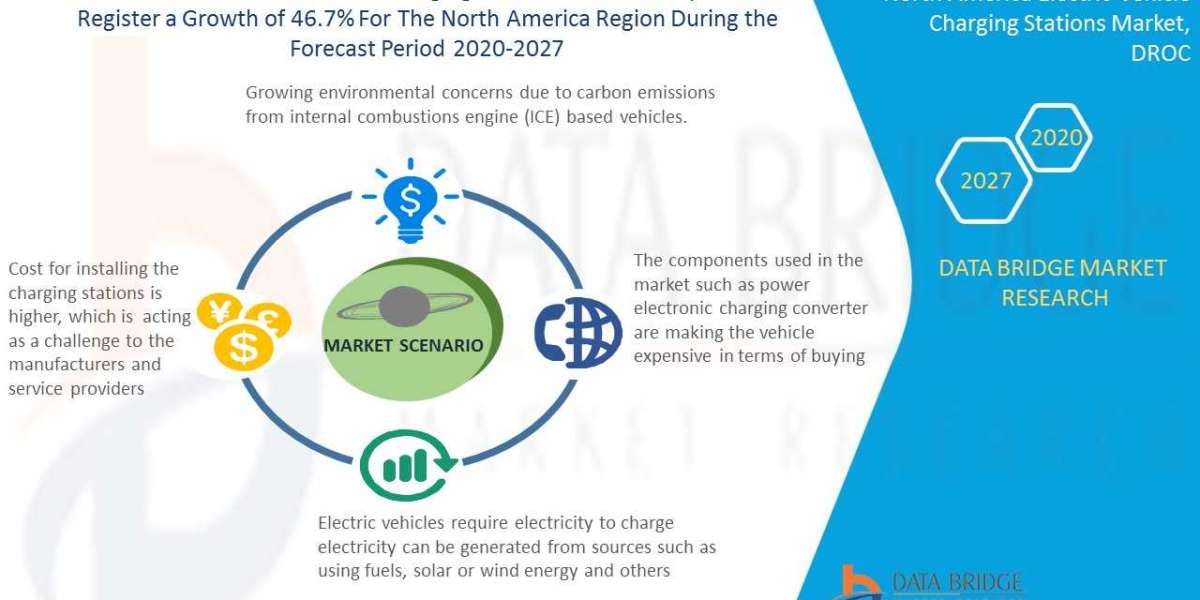Urinary incontinence, a condition affecting millions of people worldwide, is the unintentional leakage of urine. It can be a distressing and embarrassing problem that significantly impacts an individual's quality of life. This article aims to shed light on the various aspects of urinary incontinence, including its types, causes, risk factors, and effective management techniques. We will also explore lifestyle modifications and medical treatments that can help individuals regain control of their bladder and lead a more comfortable life.
1. What is Urinary Incontinence?
Urinary incontinence is a medical condition characterized by the involuntary loss of urine. The severity of the condition can range from occasional minor leaks to complete loss of bladder control. It is crucial to understand that urinary incontinence is not a disease but rather a symptom of an underlying issue affecting the urinary system.
2. Types of Urinary Incontinence
2.1. Stress Incontinence
Stress incontinence occurs when there is pressure on the bladder, causing urine leakage. Common triggers include coughing, sneezing, laughing, or any physical activity that puts stress on the pelvic region. It is more prevalent in women, especially after childbirth or menopause.
2.2. Urge Incontinence
Urge incontinence is characterized by a sudden and intense urge to urinate, followed by an involuntary loss of urine. It is often caused by an overactive bladder muscle and can be triggered by factors such as a change in position or the sound of running water.
2.3. Overflow Incontinence
Overflow incontinence occurs when the bladder does not empty completely, leading to frequent or constant dribbling of urine. This type of incontinence is more common in men and can be linked to conditions that obstruct urine flow, like an enlarged prostate.
2.4. Mixed Incontinence
Mixed incontinence is a combination of two or more types of urinary incontinence. For instance, someone might experience stress and urge incontinence simultaneously.
3. Causes and Risk Factors
Several factors can contribute to the development of urinary incontinence. Some common causes and risk factors include:
3.1. Age and Gender
As people age, the risk of urinary incontinence increases, and women are generally more prone to it, especially during and after pregnancy.
3.2. Pregnancy and Childbirth
The physical stress that pregnancy and childbirth exert on the pelvic floor muscles can lead to urinary incontinence later in life.
3.3. Obesity
Excess weight can put additional pressure on the bladder and weaken the muscles, leading to incontinence.
3.4. Neurological Conditions
Conditions like multiple sclerosis and Parkinson's disease can disrupt nerve signals between the brain and the bladder, causing incontinence.
3.5. Menopause
The hormonal changes during menopause can contribute to urinary incontinence.
3.6. Prostate Issues
Men with prostate problems, such as an enlarged prostate, are more susceptible to urinary incontinence.
4. Lifestyle Modifications
4.1. Pelvic Floor Exercises
Performing regular pelvic floor exercises, also known as Kegel exercises, can strengthen the muscles that control urination.
4.2. Fluid Intake
Managing fluid intake can help avoid overfilling the bladder, thereby reducing the frequency of leaks.
4.3. Weight Management
Losing weight can alleviate pressure on the bladder and improve symptoms.
5. Medical Treatments
5.1. Medications
Certain medications can help relax the bladder or tighten the urinary sphincter to manage incontinence.
5.2. Medical Devices
In some cases, medical devices like pessaries or urethral inserts may be used to manage urinary incontinence.
5.3. Surgical Procedures
Surgery might be recommended for severe cases of urinary incontinence that do not respond to other treatments.
6. Coping with Urinary Incontinence
6.1. Use Absorbent Products
Using pads or adult diapers can provide a sense of security and help manage leaks effectively.
6.2. Plan Bathroom Visits
Creating a schedule for regular bathroom visits can reduce the likelihood of accidents.
6.3. Seek Emotional Support
Dealing with incontinence can be emotionally challenging. Seeking support from friends, family, or support groups can be helpful.
Conclusion
Urinary incontinence is a prevalent issue that affects people of all ages and genders. However, with the right information and proper management techniques, individuals can lead fulfilling lives despite the challenges posed by this condition. By understanding the types, causes, and risk factors, and by implementing lifestyle modifications and seeking appropriate medical treatments, one can effectively manage urinary incontinence and regain control of their bladder.
FAQs
Is urinary incontinence a normal part of aging? Urinary incontinence is common in older individuals, but it is not an inevitable consequence of aging. With the right measures, it can be managed effectively.
Can men experience urinary incontinence? Yes, men can experience urinary incontinence, especially if they have prostate issues or other underlying conditions.
Are there any home remedies to manage urinary incontinence? While home remedies can provide some relief, it is essential to consult a healthcare professional for a personalized treatment plan.
Can certain foods or drinks trigger urinary incontinence? Yes, certain foods and drinks like caffeine, alcohol, and spicy foods can irritate the bladder and worsen incontinence.
Is urinary incontinence a permanent condition? The duration of urinary incontinence depends on the underlying cause and the effectiveness of the chosen treatment. With proper management, it can be temporary or even resolved in some cases.






